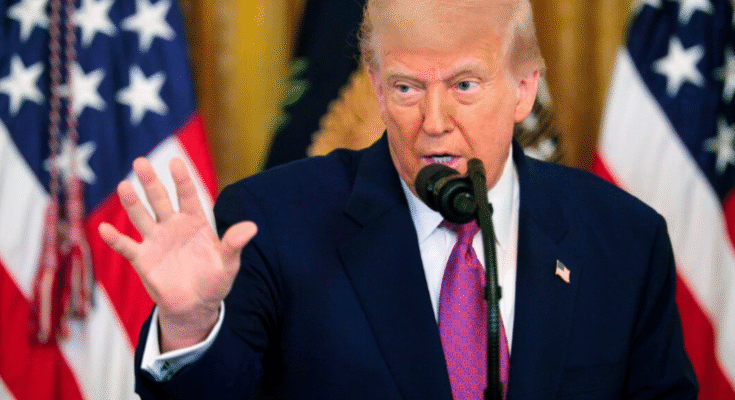Judge Orders Trump Administration to Reinstate Members of Consumer Safety Commission
The administration had argued that Congress intruded on the president’s powers in how it attempted to restrict his ability to fire members of the commission.
A federal judge ordered the Trump administration on June 13 to reinstate three members of the Consumer Product Safety Commission (CPSC), holding that the Constitution allows limits on the president’s ability to remove them.
In a 31-page
opinion, U.S. District Judge Matthew Maddox said the Trump administration had invalidly removed the commissioners and that the government should provide necessary resources for them to carry out their duties.
The commission
focuses on preventing injuries associated with consumer products by issuing mandatory standards, among other things. It can also conduct administrative investigations with the power to issue and enforce subpoenas.
The fired commissioners—each appointed by President Joe Biden—sued, alleging that President Donald Trump had violated federal law by removing them without cause. In response, the Justice Department said that Congress had unconstitutionally restricted the president’s ability to fire subordinates.
Similar legal battles have played out in recent months in relation to other agencies whose members were fired by Trump. Collectively, they’re prompting questions about the extent of presidential power and the role of Congress in insulating bureaucrats from removal.
Much of the
debate centers around a Supreme Court decision from 1935 known as Humphrey’s Executor. In that case, the court held that President Franklin Delano Roosevelt wrongly fired a former member of the Federal Trade Commission (FTC), which Congress attempted to protect in a similar way as the Consumer Product Safety Commission.
The court noted that the FTC was a multi-member body that performed “quasi-judicial” or “quasi-legislative” functions rather than merely performing some kind of executive function. In his June 13 opinion, Maddox said the Consumer Product Safety Commission “resembles the 1935 FTC in both structure and function, and therefore qualifies for the Humphrey’s Executor exception” to the president’s removal power.
The administration has pointed to another, much more recent Supreme Court
decision known as Seila Law v. Consumer Financial Protection Bureau (CFPB). In that case, the Supreme Court ruled that the bureau’s single director was protected in a way that violated the Constitution. In contrast to the FTC’s multi-member structure, the CFPB had a single director who exercised more executive power, the court said in 2020.



